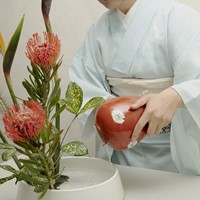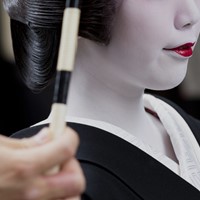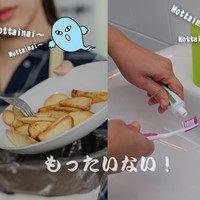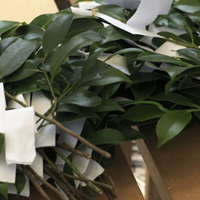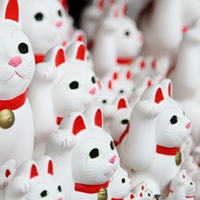Omamori: A Guide to Japanese Amulets
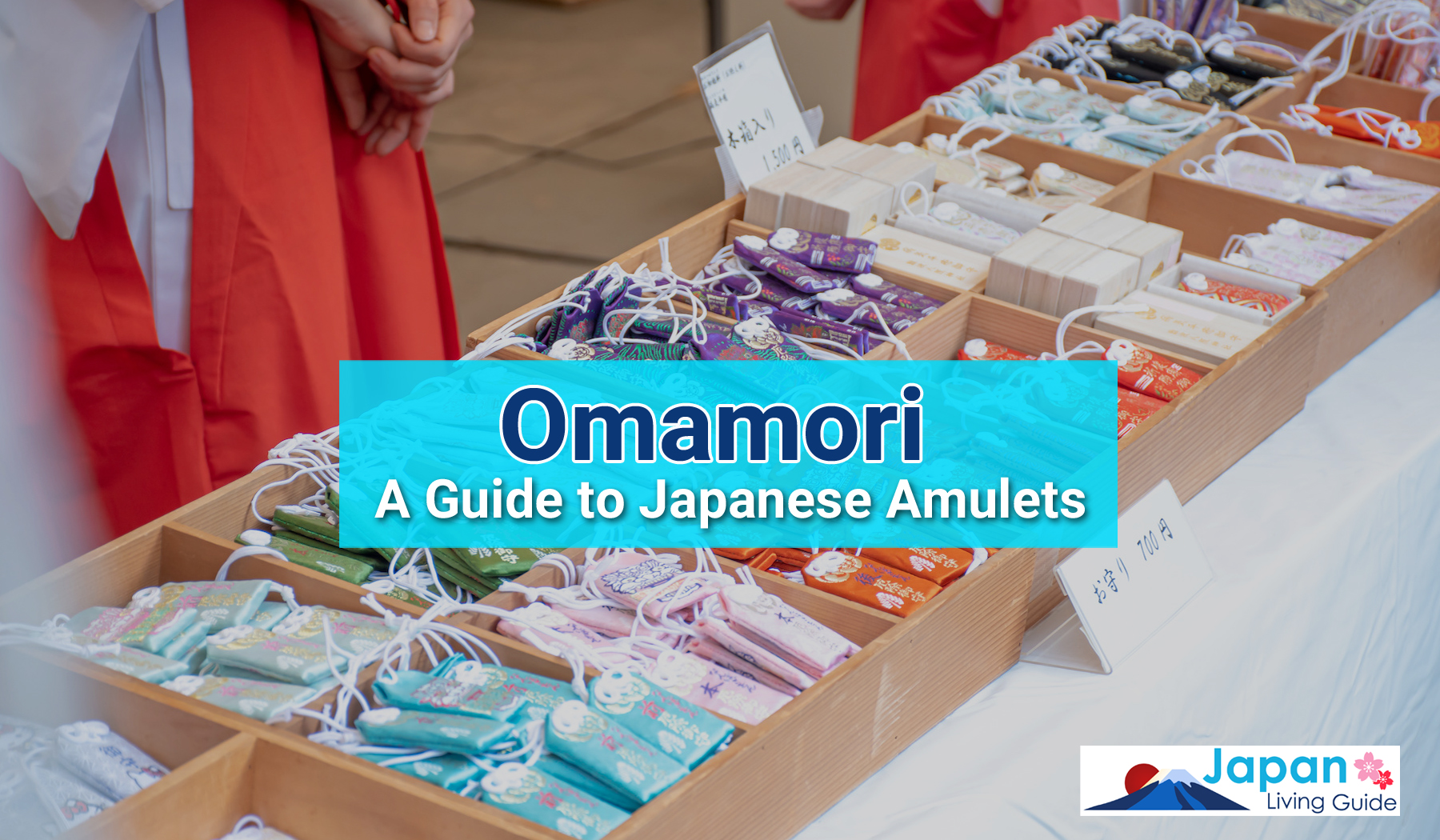
This page contains affiliate links.
If you’ve ever visited a shrine or temple in Japan, it’s likely you have seen an array of brightly-colored, name-tag-sized objects with intricate embroidery and unique details. You may even see them out and about during your day, attached to people’s bags, pencil cases, or even used as phone charms. These are called omamori—protective Japanese amulets created for a range of purposes and designs, and they are deeply ingrained in Japan’s culture. Here we will explore some of these different types of omamori, along with the traditions and beliefs surrounding them.
What is an Omamori?
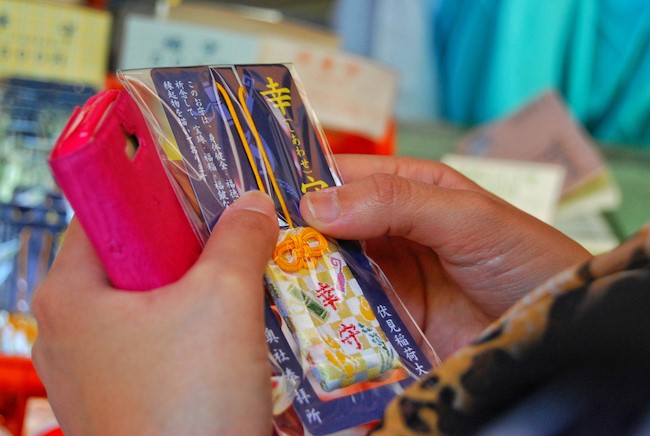
Omamori is generally translated as an amulet, or good luck charm, and comes from the Japanese word mamoru (守る ), meaning to protect. The amulet contains prayers written on paper and sealed inside small pouches of embroidered brocade. The pouch is usually rectangular with a short strap to attach to your personal items. Many shrines and temples take pride in the designs of their omamori and incorporate unique details and colors in the design. Ideally, the owner of an omamori is supposed to carry it with them in order to both protect against bad luck and usher in the good.
What Do Different Omamori Charms Mean?
While omamori generally are supposed to attract good luck and protect against bad luck, they can also have more specific purposes. When choosing an omamori, the meaning is the most important factor, while design plays a smaller roll.
Happiness, protection from evil, good fortune, and success are some of the most common meanings and are a good choice if you don’t have something specific you are hoping for. Other common meanings include good health, prosperity or good luck in business, passing exams, good luck in your studies, traffic safety, and safe childbirth.
There is also an array of love-themed omamori, ranging from matching sets for couples hoping for a happy life together, individual omamori for those looking for love, happy marriage omamori, and more. Some more unique meanings include flight safety, fishing safety, luck in sports, health for specific illnesses or areas of the body.
Omamori Design Variations
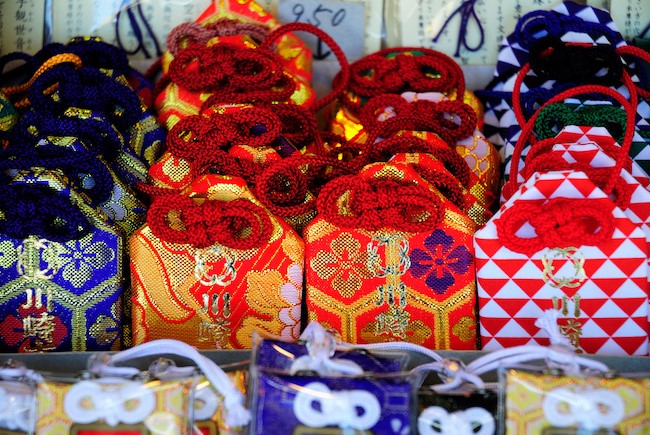
The majority of omamori in Japan follow a similar simple design—small, rectangular, brightly colored, and embroidered. However, there are some deviations from the traditional style, and more variations are being introduced regularly. For example, some omamori have more of a traditional pouch shape, rather than a rigid tag shape. There are also a number of other shapes used, such as zodiac animals, or flowers and animals that are motifs of a particular temple or shrine.
Then there are sticker or suction cup omamori that are well-suited to use in cars or on bicycles, smaller omamori which work well as phone charms or on keyrings, and credit card-sized and shaped omamori which are easy to carry in a wallet or pocket.
How to Carry an Omamori
The theory behind most omamori is that they should be carried close to your person at all times. This is so they can be constantly protected from bad fortune and welcome good fortune. Some omamori are advised to be kept in other places, such as those for a happy marriage or safe childbirth to be kept near one’s mattress, futon, or pillow or traffic safety omamori to be kept in the car or on the bicycle of the owner.
Ways to Attach it
Most omamori come with a small strap attached which can be easily looped around bag handles, pencil cases, wallet zippers, and similar places. This makes them easy to carry at all times and as easy to attach as a keyring.
Some omamori also with different ways to attach it, such as a suction cup to attach it inside the car for traffic safety, or credit card-shaped omamori which can be carried in a standard card slot in a wallet.
Where Can I Buy One?
Most shrines and temples in Japan sell omamori, although the larger shrines and temples tend to have a much larger range. At these shrines and temples, it is more likely that each meaning or type of omamori will have multiple designs and the variation will be wider.
Smaller shrines and temples will generally stick to a few main types. Most shrines and temples will have a small office or shop area where you can buy omamori along with other shrine/temple-related items, such as omikuji (fortunes).
Omamori vary in price depending on the shrine/temple, the stylei, and the level of detail in the design. Omamori generally sell for between ¥300 - ¥1000, although the majority are in the ¥500 - ¥800 range.
What to Do When You No Longer Need It?
Deciding when it is time to get rid of an omamori varies from person to person. While some people have the belief that you can and should keep it for as long as possible, most believe it should be renewed every year, around New Year. When you are finished with your omamori it should be returned to the shrine or temple it was bought from.
Take it Back to the Shrine
Around New Year almost all shrines and temples will have a box to ‘dispose’ of old omamori, and larger shrines and temples may have this year-round. The omamori are later ceremonially burned. If you can’t find where to dispose of the omamori, someone at the temple or shrine should be able to advise you and if the temple/shrine isn’t easily accessible to you, most now accept used omamori via mail.
Say Goodbye at Home
It is also possible to do a home ‘memorial service’ to dispose of the omamori. For this, you need Japanese white paper and salt. The omamori should be placed on white paper and covered with salt. You can then express your gratitude, wrap the omamori in the paper and finally dispose of it.
If and When is Up to You
However, it is important to know that there is no requirement to stick to the one-year theory. Many people use the same omamori for years on end. In fact, if your omamori gets dirty, stained, or starts to look old, this is considered evidence of the bad luck it has protected you from.
Purchasing Omamoris / Omamori Kits Online
If you are unable to visit a shrine or find the specific omamori you are looking for, you can also purchase prayer-infused omamoris online. Additionally, there are convenient kits available to make handmade amulets for your friends and family, so be sure to check them out!
There is an Omamori to Protect Every Person and Situation
Throughout your time in Japan, you will come to see brightly-colored omamori everywhere – on bags, phones, taxis, and more. These protective amulets are a significant piece of Japanese culture and one of the easiest ways to take part in the culture. Finding an omamori that is suited to you is as easy as visiting a shrine or temple and choosing a meaning or design that you like. They work great as souvenirs, gifts, or just as a piece of daily life, as they are for many Japanese people.
For more information about Japanese culture, such as mottainai and the seven lucky gods of Japan, check out our many articles on the subject here.
